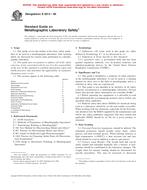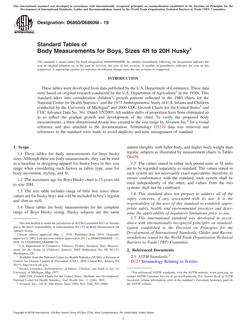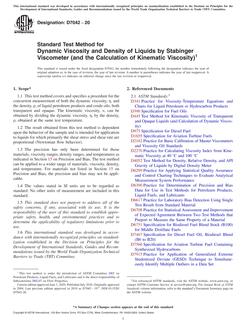1.1 Purpose-The purpose of this practice is to provide an alternative method to ASTM E1527 for good commercial and customary practice in the United States of America for conducting a Phase I Environmental Site Assessment2 of forestland or rural property with respect to the range of contaminants within the scope of the Comprehensive Environmental Response, Compensation, and Liability Act (CERCLA) and petroleum products. As such, this practice is intended to permit a user to satisfy one of the requirements to qualify for the innocent landowner, contiguous property owner, or bona fide prospective purchaser limitations on CERCLA liability (hereinafter, the “landowner liability protections,” or “LLPs”): that is, the practice that constitutes “all appropriate inquiries” into the previous ownership and uses of the property consistent with good commercial or customary practice” as defined at 42 U.S.C. §9601(35)(B). (See Appendix X1 for an outline of CERCLA’s liability and defense provisions.) Controlled substances are not included within the scope of this standard. Persons conducting an environmental site assessment as part of an EPA Brownfields Assessment and Characterization Grant awarded under CERCLA 42 U.S.C. §9604(k)(2)(B) must include controlled substances as defined in the Controlled Substances Act (21 U.S.C. §802) within the scope of the assessment investigations to the extent directed in the terms and conditions of the specific grant or cooperative agreement.
1.1.1 Standard Practice Selection-The methodology included in this practice is an effective and practical process for achieving the objectives of a Phase I Environmental Site Assessment of forestland or rural property when some of the methodologies of ASTM E1527 are deemed to be impractical or unnecessary due to the size or nature of the property. This practice is intended to provide a more practical approach to assess rural and forestland properties that are generally uniform in use. A primary consideration in applying this practice instead of E1527 is the nature and extent of the property being assessed, as the typical environmental concerns, sources for interviews and records, and the methodology used to perform the site reconnaissance may differ significantly. The property to be assessed using this standard practice need not be contiguous and may contain isolated areas of non-forestland and non-rural property. Site reconnaissance of isolated areas of the property that include activities outside the definition of forestland or rural property should be addressed using methodologies such as those provided in E1527-13, which may be conducted and reported in conjunction with this practice, as discussed in section 4.5.3.
Product Details
- Published:
- 12/01/2016
- Number of Pages:
- 47
- File Size:
- 1 file , 440 KB
- Redline File Size:
- 2 files , 1 MB


